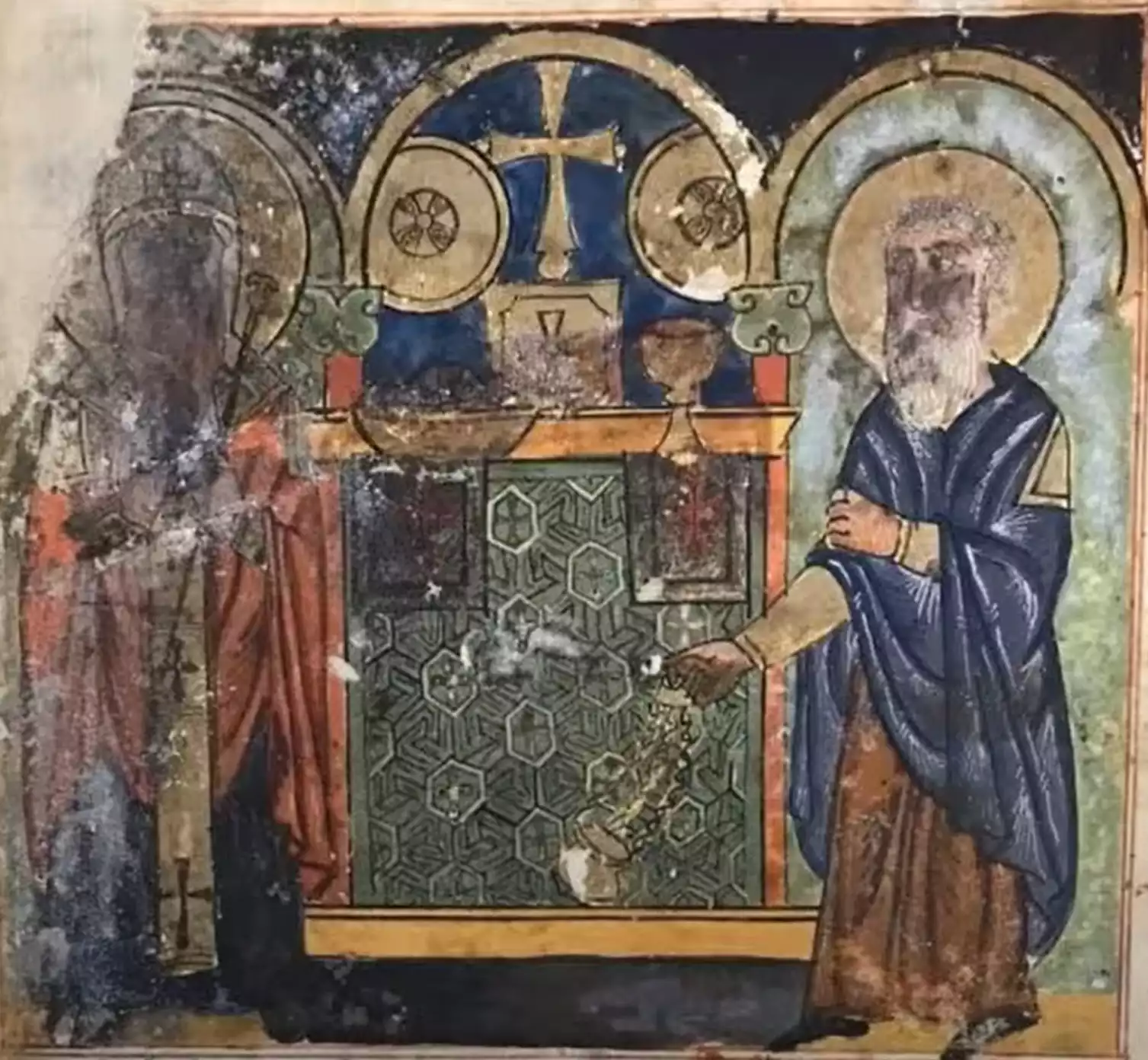
The Syriac Orthodox Church, a pillar of ancient Christian faith, traces its origins to the early Christian communities of the Middle East. Known for its liturgical language, Syriac, a dialect of Aramaic, this Church has played a pivotal role in the development and spread of Christianity. Its establishment is attributed to Saint Peter, regarded as its first bishop, aligning with biblical references to Peter’s apostolic role in early Christianity (Matthew 16:18, Acts 2:14-41).
Historical Development
The Syriac Orthodox Church’s journey through history is a testament to its resilience and adaptability. Emerging in the first century AD, the Church’s early years were marked by rapid growth within the Syriac-speaking communities, notably in Antioch (now in modern-day Turkey), which served as a major center of early Christianity. This era was characterized by theological developments and the establishment of monastic traditions, which have deeply influenced the Church’s spiritual life.
During the Council of Chalcedon in 451 AD, the Church parted ways with mainstream Christianity over doctrinal differences concerning the nature of Christ. This pivotal event led to the formation of the Syriac Orthodox Church as a distinct entity, embracing the Miaphysite doctrine, which professes Christ as one united nature, both divine and human.
The Church’s history is marked by periods of persecution and hardship, particularly during the Islamic conquests and under various empires. However, these challenges only strengthened the Church’s identity and commitment to preserving its traditions and liturgy. The Syriac Orthodox Church also played a crucial role in the cultural and intellectual life of the Middle East, contributing significantly to the translation and preservation of ancient texts.
The resilience of the Syriac Orthodox Church, coupled with its rich theological and cultural heritage, makes it a unique embodiment of ancient Christian tradition, continuing to inspire its followers worldwide.
Liturgical and Cultural Impact
The Syriac Orthodox Church, with its profound liturgical and cultural legacy, continues to play a significant role in shaping Christian spirituality and traditions. The Syriac liturgy, known for its antiquity and poetic beauty, is a cornerstone of the Church’s identity. This liturgy, primarily composed by Saints James, Ephrem, and Jacob of Serugh, is renowned for its rich symbolism and deep theological insights.
A distinctive feature of the Syriac Orthodox liturgy is the use of Syriac, a dialect of Aramaic, the language believed to be spoken by Christ. This linguistic heritage connects the congregation directly to the early Christian era, making the liturgical experience profoundly historical and spiritual. The Church’s music, characterized by its solemn and meditative melodies, plays an integral role in the liturgical practices, enhancing the worship experience.
The Syriac Orthodox Church’s monastic tradition is another aspect of its rich heritage. Monasteries like Mor Gabriel and Mor Hananyo have been centers of theological learning and spiritual life for centuries. These monastic communities have preserved ancient manuscripts, contributing significantly to the Church’s scholarly and cultural heritage.
Furthermore, the Syriac Orthodox Church has a strong tradition of iconography. Unlike some Christian traditions, Syriac iconography tends to be more symbolic and less realistic, focusing on the spiritual rather than the physical representation of sacred figures and scenes.
The Syriac Orthodox Church stands as a beacon of ancient Christian faith and tradition. Despite facing numerous challenges throughout history, it has maintained its unique identity and continues to contribute significantly to the Christian world. Its rich liturgical heritage, monastic traditions, and cultural contributions underscore the Church’s resilience and enduring faith.
References
- Griffith, Sidney H. “The Church in the Shadow of the Mosque: Christians and Muslims in the World of Islam.” Princeton University Press, 2008.
- Palmer, Andrew. “Monk and Mason on the Tigris Frontier: The Early History of Tur Abdin.” Cambridge University Press, 1990.
- Payne, Richard E. “Christianity and Monasticism in Northern Iraq.” Gorgias Press, 2015.
- Taylor, William. “The Syriac Renaissance.” Harvard University Press, 2021.
